Dermal Fillers in Orange County
Dermal Fillers in Orange County
Dermal fillers treatments are one of the best ways to add or restore volume where it needs to be. From a plumper pout to fuller cheeks, the results of fillers are immediate and impressive. At the Med Lounge, we exclusively use hyaluronic acid-based JUVÉDERM and Restylane, or bio-stimulators Radiesse and Sculptra Aesthetic, the best facial filler offering the instant results you crave. Reactions are rare as what we’re using is naturally occurring in the body. And dermal fillers come with the added benefit of a collagen boost to improve effects over time.
Our expert team at the Med Lounge offers dermal filler injectables in Orange County that will add volume where you need it and improve the look and feel of your skin.
Benefits of Dermal Fillers
- Immediate results
- No downtime
- Long-lasting results
- Near-zero risk of reaction
- Natural results
- Fuller cheeks
- Reduced wrinkles
- Plumper lips
- Improved scars
- Confidence boost
FREQUENTLY ASKED QUESTIONS
Medical professionals recommend hyaluronic acid-based fillers like JUVÉDERM and Restylane for:
- Filling out cheeks
- Plumping up lips
- Filling in smile lines
- Improving skin elasticity
- Defining the chin and jawline
- Reducing acne scarring
- Improving hollow areas under the eyes
Hyaluronic acid-based fillers like JUVÉDERM and Restylane work by injecting hyaluronic acid into areas of the face that lack volume due to natural aging or genetics. Hyaluronic acid is already naturally occurring in the body and mimics collagen in how it settles underneath your skin.
Biostimulators like Radiesse and Sculptra Aesthetic work a little differently. Their focus is a permanent boost in collagen production, improving results over time. Anyone seeking long-lasting volumizing or a longer-term anti-aging solution may want to look to biostimulators.
Biostimulators, or biostimulatory fillers, are injectables that work by triggering an inflammatory response in the body. That response leads to a boost in collagen production not seen with other dermal fillers.
Each filler’s ingredients vary, but they all work similarly. Sculptra Aesthetic is made of poly-L-lactic acid (PLLA), and Radiesse is made of calcium hydroxyapatite (CaHA), essentially ions of calcium and phosphate similar to what’s naturally occurring in our bones.
These fillers are appropriate for:
- Filling in laugh lines
- Correcting facial fat loss
- Filling in nasolabial folds
- Improving facial shape
- Returning structure to the lower face
- Improving the appearance of deep scars, including depressed acne scars
Biostimulators have also been used successfully to return any lost volume to injection sites, including the backs of the hands.
PLLA, Scultra’s key ingredient, turns on your body’s collagen-producing response, improving the targeted areas over time. That can mean returned volume to areas of the face after significant weight loss or a more youthful appearance as you watch those deep lines disappear. It can also improve confidence as you enjoy this biostimulator.
Common injection sites for Sculptra Aesthetic include the nasolabial folds, smile lines, cheeks, temples, lower face, and chin. Your Med Lounge experts will work with you on the best strategy to restore lost volume.
Apart from their formulas, the main difference between a hyaluronic-based filler like JUVÉDERM and a biostimulator like Radiesse is the end goal. JUVÉDERM offers almost immediate results after your appointment. The effects of your Radiesse treatments improve over time as your body begins making more collagen.
The two also differ in when they work best. JUVÉDERM and hyaluronic acid-based fillers like it are more effective in treating fine lines and wrinkles. Biostimulators are more effective in deeper folds in the face and areas of sunken volume.
Also, Hyaluronic-based based fillers are reversible, while biostimulators are not. The nature of biostimulators prevents practitioners from reversing the process once your body produces collagen. The change is gradual and natural-looking.
Choosing a dermal filler requires clear communication of your goals. Recommended dosages vary by your choice of treatment. At Med Lounge, we use what we know to be the best facial fillers for specific treatments.
Hyaluronic acid-based products we offer at the Med Lounge include:
- JUVÉDERM XC: Smooth smile lines and wrinkles around your nose and mouth.
- JUVÉDERM Ultra & Ultra Plus XC: Give your lips sexy fullness or smooth moderate to severe smile lines with lip fillers in Orange County.
- JUVÉDERM VOLBELLA XC: Subtly boost your lip volume with injections and soften vertical lip lines.
- JUVÉDERM VOLLURE XC: Soften moderate to severe smile lines and wrinkles.
- JUVÉDERM VOLUMA XC: Plump up flat cheeks for a more elevated, youthful look.
- Restylane: Smooth moderate to severe lines and wrinkles and contour areas of the face affected by natural aging. Restylane is often used for tear trough filler.
The number of treatments you’ll undergo depends on your case. We’ll work on getting you the best results.
Biostimulators we offer at the Med Lounge include:
- Sculptra Aesthetic: Soften the appearance of deep nasolabial folds and hollow areas of the face.
- Radiesse: Correct volume loss and smooth the appearance of moderate to severe facial wrinkles.
If you’re unsure about the right product for your goals, come in for a consultation. Our staff will help you decide based on what you’re looking to accomplish with your cosmetic treatment. That may even mean a combination treatment with different dermal fillers, a combination with Botox, or choosing Botox injections instead.
Depending on the area that is being treated, most dermal filler appointments last 30-60 minutes. There’s zero downtime, allowing you to go about your day as usual. The treatments are non-invasive, and many patients compare the pain level to Botox. Injections are quick and precise, but you may experience discomfort when working with delicate areas. If you’re sensitive to pain, talk to our staff. We can manage our patients’ comfort during the procedure.
We use topical anesthetics and a numbing agent where the injections take place. If you choose to go with JUVÉDERM XC, those products already contain lidocaine to manage any discomfort with your treatment even more efficiently.
Most patients can expect their hyaluronic acid-based fillers to last between 9 and 12 months. However, timelines vary depending on the type of filler used, the targeted area, and your age. Patients with a higher metabolism may see a reduced life span in their HA fillers.
An advantage of biostimulators like Radiesse is their longevity. Most biostimulatory fillers will last between 12-24 months. Touchups once most of your visible results begin to wear off will extend the longevity of your fillers.
Hyaluronic acid-based dermal fillers use a naturally-occurring substance in the body to add volume to the face. The natural formula limits the risk of allergic reactions when using these dermal fillers. Mild side effects are rare, but some patients experience redness, swelling, or bruising at injection sites. More severe side effects can include lumps, infections, or skin discoloration.
Biostimulators are more likely to cause an allergic reaction as not all ingredients are naturally occurring, but these cases are rare. Otherwise, potential side effects are similar to hyaluronic acid-based dermal fillers. Bruising, swelling, or redness is most common but resolves within a few days.
You should not have dermal fillers if you’re pregnant or breastfeeding, suffer from a neurological disorder or have a known allergy to any of the listed ingredients.
The best way to ensure a smooth treatment is to go with an experienced treatment provider. Our well-trained staff is ready to give you the dermal filler before and after you’re envisioning.
The cost of dermal and facial fillers in Orange County varies case-by-case. For example, under eye fillers will be priced differently than lip fillers because of the amount and type of injectable used. At Med Lounge, we’ll always let you know about dermal filler deals when they’re available. Stay in touch to save!
See the amazing difference in our clients, before and after treatment.
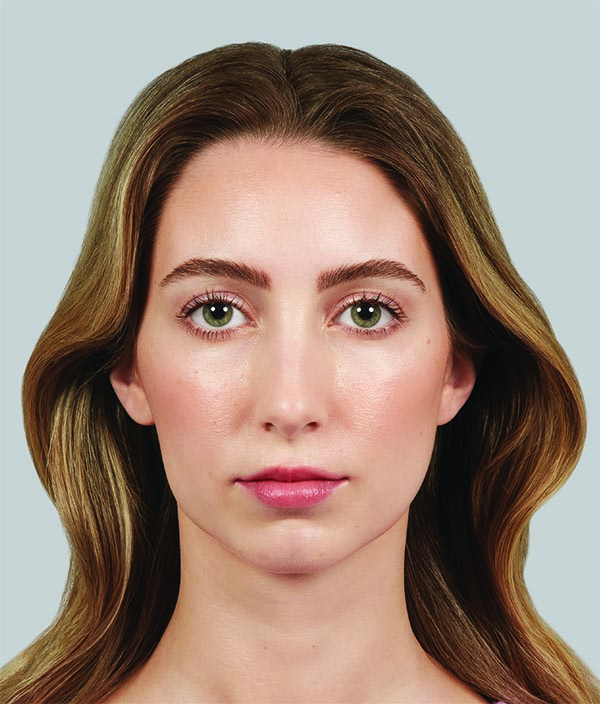 BEFORE
BEFORE
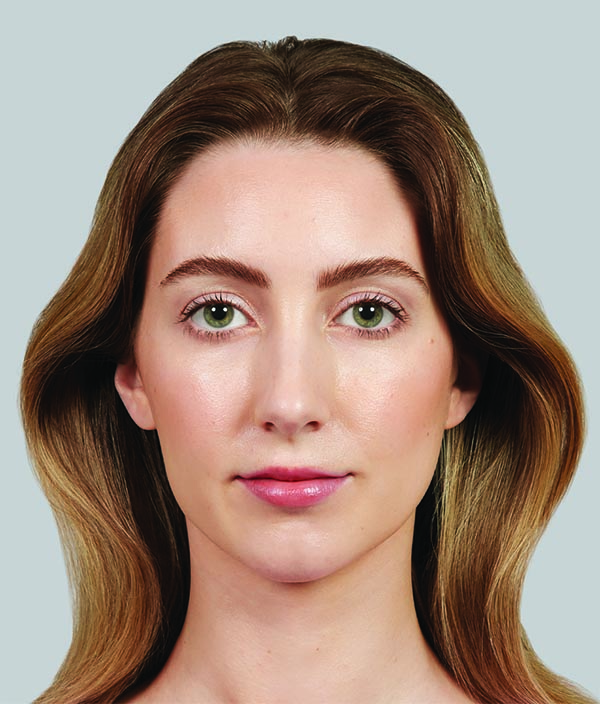 AFTER
AFTER
 BEFORE
BEFORE
 AFTER
AFTER
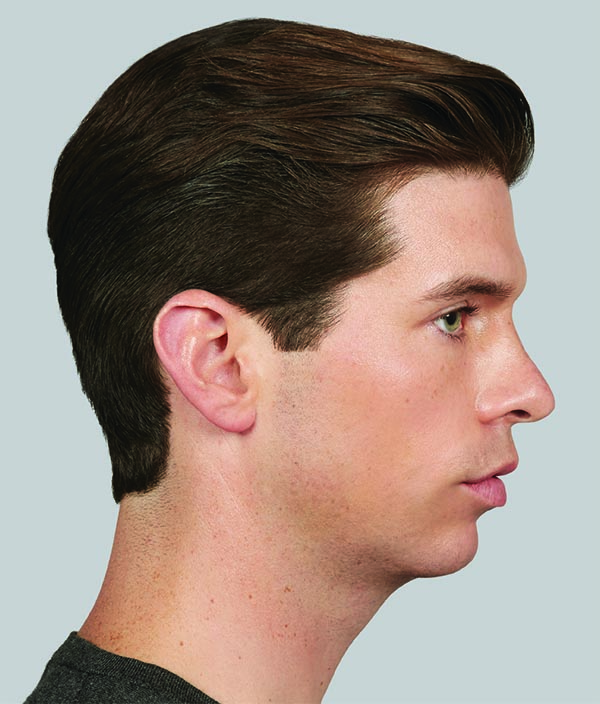 BEFORE
BEFORE
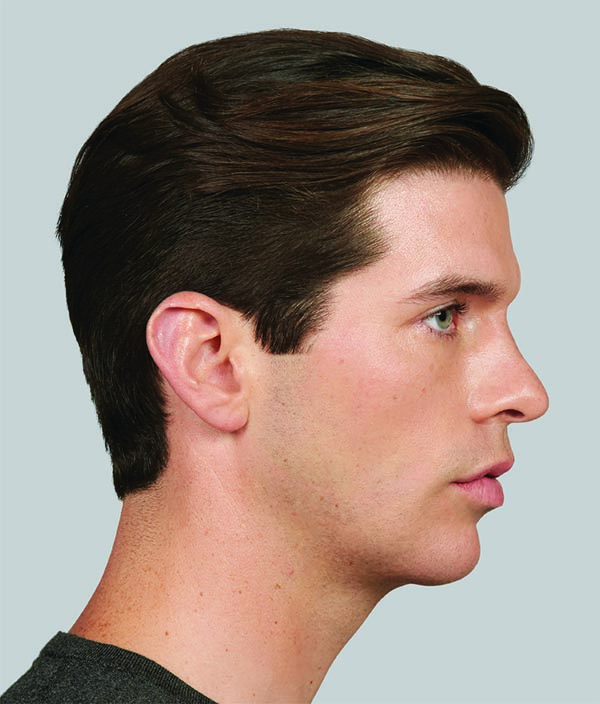 AFTER
AFTER
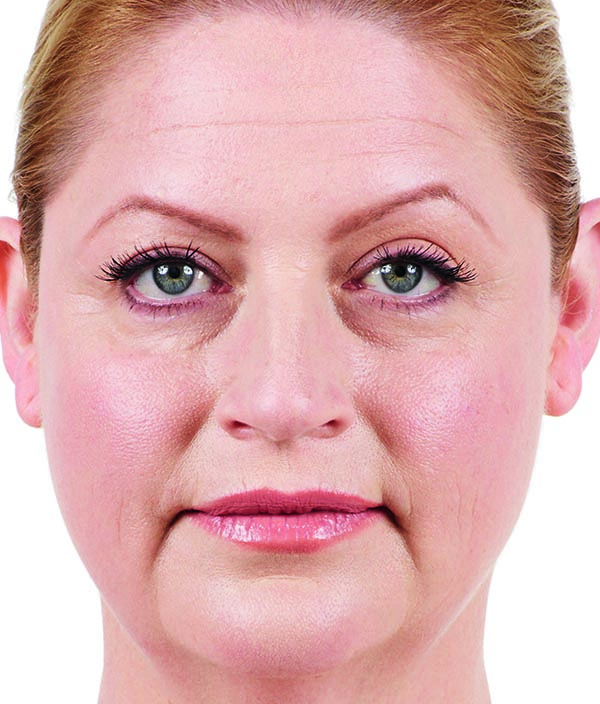 BEFORE
BEFORE
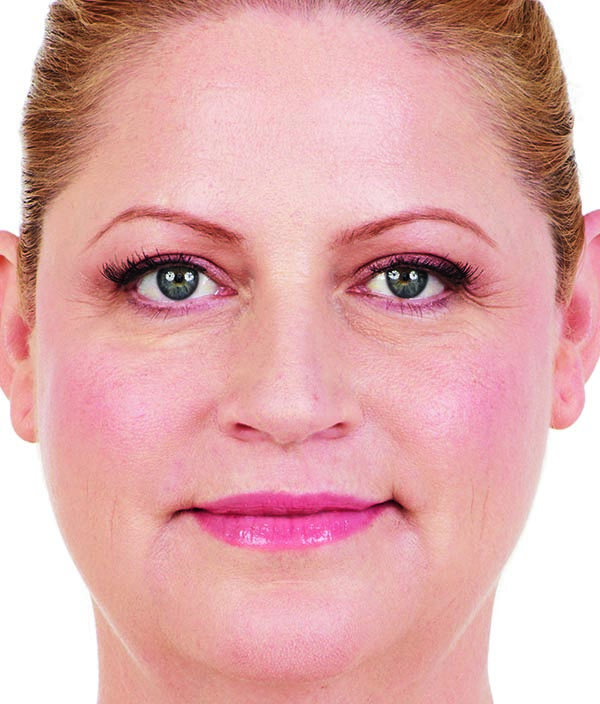 AFTER
AFTER
 BEFORE
BEFORE
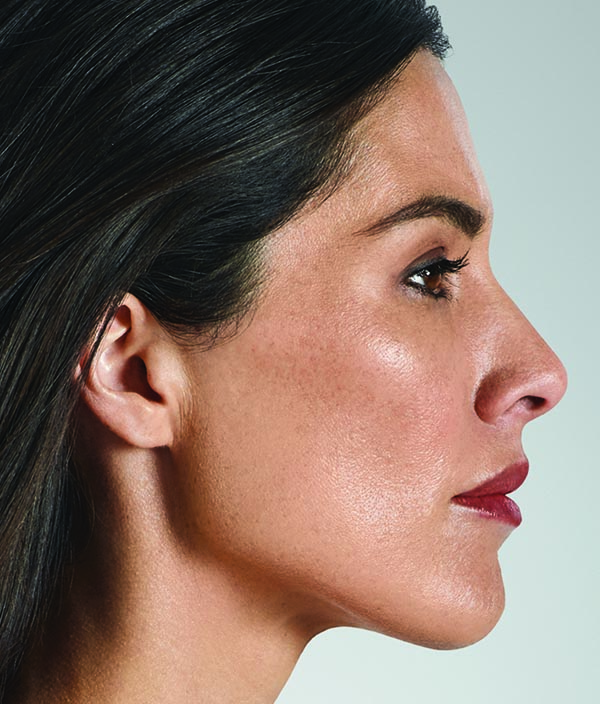 AFTER
AFTER
 BEFORE
BEFORE
 AFTER
AFTER
What to Expect With Dermal Fillers
For the best results and to reduce the chance of any side effects after your treatment, our experts at the Med Lounge have a few tips around what to expect with dermal fillers before and after your procedure.
PRE-TREATMENT
- Let your doctor know if you have a history of cold sores. You’ll need a prescription to get rid of any active infection or prevent an infection after your treatment.
- Avoid any anti-inflammatories or blood-thinning medications up to two weeks before your treatment. Those include but aren’t limited to aspirin, Motrin, ibuprofen, and Aleve. If you take daily aspirin for a history of heart disease, talk to your doctor before stopping your aspirin routine.
- Avoid any herbal supplements up to two weeks before your treatment. Those include but aren’t limited to garlic, ginseng, vitamin E, omega-3, fish oil, ginkgo biloba and St. John’s Wort.
- Give your filler at least two weeks to settle and allow for any bruising or swelling to go away before scheduling any special events.
- Avoid drinking alcohol the week of your treatment.
- Consider taking Arnica tablets several days ahead of your treatment. Arnica could help prevent bruising at your injection sites.
- Be gentle with your face in the days approaching your treatment. That means no bleaching, waxing or tweezing. Avoid topical products and anti-aging serums. Go natural for the time being so that your skin isn’t more sensitive than usual.
POST-TREATMENT
- Avoid spending too much time out in the sun for the first few days post-treatment. Don’t forget to apply sunscreen whenever you go out, even well after the initial treatment phase.
- Avoid touching or massaging your face for the first 24 hours after your fillers.
- Some swelling or redness is a normal reaction. For any discomfort, you can take acetaminophen and gently apply a cool compress to any tender spots for about 10 minutes every hour.
- Try sleeping face up and slightly elevated in the first few nights after treatment.
- Avoid alcohol, strenuous exercise and any heavy lifting for the first 24 hours after your treatment. This can all cause additional bruising, extending your healing time.
- Give yourself at least four weeks between fillers and any additional cosmetic treatments.
- Call your doctor if you have any serious side effects, such as severe pain, fever or skin discoloration, or if you’re unhappy with your results. Dermal fillers are reversible, but you’ll want to give your treatment a few days to settle before making a decision. More likely than not, you’ll be showing off that subtle new glow in no time.
Safety Information
JUVÉDERM® Collection of Fillers Important Information
INDICATIONS
JUVÉDERM® VOLUMA™ XC is indicated for deep (subcutaneous and/or supraperiosteal) injection for cheek augmentation to correct age-related volume deficit in the mid-face and for augmentation of the chin region to improve the chin profile in adults over the age of 21.
JUVÉDERM® VOLLURE™ XC injectable gel is indicated for injection into the mid-to-deep dermis for correction of moderate to severe facial wrinkles and folds (such as nasolabial folds) in adults over the age of 21.
JUVÉDERM® Ultra Plus XC and JUVÉDERM® Ultra XC injectable gels are indicated for injection into the mid-to-deep dermis for correction of moderate to severe facial wrinkles and folds (such as nasolabial folds).
JUVÉDERM® VOLBELLA™ XC injectable gel is indicated for injection into the lips for lip augmentation and for correction of perioral rhytids in adults over the age of 21.
JUVÉDERM® Ultra XC injectable gel is indicated for injection into the lips and perioral area for lip augmentation in adults over the age of 21.
IMPORTANT SAFETY INFORMATION
CONTRAINDICATIONS
These products should not be used in patients who have severe allergies, marked by a history of anaphylaxis or history or presence of multiple severe allergies, and should not be used in patients with a history of allergies to Gram-positive bacterial proteins or lidocaine contained in these products.
WARNINGS
- Do not inject into blood vessels. Introduction of these products into the vasculature may lead to embolization, occlusion of the vessels, ischemia, or infarction. Take extra care when injecting soft-tissue fillers; for example, inject the product slowly and apply the least amount of pressure necessary. Rare, but serious, adverse events associated with the intravascular injection of soft-tissue fillers in the face have been reported and include temporary or permanent vision impairment, blindness, cerebral ischemia or cerebral hemorrhage leading to stroke, skin necrosis, and damage to underlying facial structures. Immediately stop the injection if a patient exhibits any of the following symptoms: changes in vision, signs of a stroke, blanching of the skin, unusual pain during or shortly after the procedure. Patients should receive prompt medical attention and, possibly, evaluation by an appropriate healthcare professional specialist should an intravascular injection occur
- Product use at specific sites in which an active inflammatory process (skin eruptions such as cysts, pimples, rashes, or hives) or infection is present should be deferred until the underlying process has been controlled
PRECAUTIONS
- To minimize the risk of potential complications, these products should only be used by healthcare professionals who have appropriate training, experience, and knowledge of facial anatomy and product use in indicated areas
- The potential risks of soft-tissue injections should be discussed with patients prior to treatment to ensure they are aware of signs and symptoms of complications
- The safety and effectiveness for the treatment of anatomic regions other than the mid-face, chin, and prejowl sulcus regions with JUVÉDERM® VOLUMA™ XC; facial wrinkles and folds with JUVÉDERM® VOLLURE™ XC, JUVÉDERM® Ultra Plus XC, and JUVÉDERM® Ultra XC; and the lips and perioral area with JUVÉDERM® VOLBELLA™ XC and JUVÉDERM® Ultra XC have not been established in controlled clinical studies
- The safety for use of these products during pregnancy, in breastfeeding females, and in patients with known susceptibility to keloid formation, hypertrophic scarring, and pigmentation disorders has not been studied
- The safety for use of JUVÉDERM® VOLUMA™ XC has been established in patients between 35 and 65 years of age in cheek augmentation and for patients between 22 and 80 years of age for chin augmentation
- The safety for use of JUVÉDERM® Ultra Plus XC and JUVÉDERM® Ultra XC in patients under 18 years, and JUVÉDERM® VOLLURE™ XC and JUVÉDERM® VOLBELLA™ XC in patients under 22 years, has not been established
- As with all transcutaneous procedures, dermal filler implantation carries a risk of infection
- Use dermal fillers with caution in patients on immunosuppressive therapy
- Patients who are using products that can prolong bleeding (such as aspirin, nonsteroidal anti-inflammatory drugs, and warfarin) may experience increased bruising or bleeding at treatment sites
- Patients who experience skin injury near the site of implantation may be at a higher risk for adverse events
- The safety for use of JUVÉDERM® VOLUMA™ XC injectable gel in patients with very thin skin in the mid-face has not been established
- The safety of JUVÉDERM® VOLUMA™ XC with cannula for cheek augmentation has not been established in patients with Fitzpatrick Skin Types V and VI
- JUVÉDERM® VOLUMA™ XC was not evaluated in subjects with significant skin laxity of the chin, neck, or jaw in the chin augmentation study
- The effect of JUVÉDERM® VOLUMA™ XC injection into the chin on facial hair growth has not been studied
- Patients may experience late onset nodules with use of dermal fillers including JUVÉDERM® VOLUMA™ XC
- Patients may experience late onset adverse events with use of dermal fillers
ADVERSE EVENTS
The most commonly reported side effects for JUVÉDERM® injectable gels were redness, swelling, pain, tenderness, firmness, lumps/bumps, bruising, discoloration, and itching. For JUVÉDERM® VOLBELLA™ XC, dryness was also reported. The majority were mild or moderate in severity. For JUVÉDERM® VOLUMA™ XC, most resolved within 2 to 4 weeks. For JUVÉDERM® VOLLURE™ XC, JUVÉDERM® Ultra Plus XC, or JUVÉDERM® Ultra XC, most resolved within 14 days; and for JUVÉDERM® VOLBELLA™ XC, most resolved within 30 days.
To report an adverse reaction with any product in the JUVÉDERM® Collection, please call Allergan at 1-800-433-8871. Please visit JuvedermDFU.com for more information.
Products in the JUVÉDERM® Collection are available only by a licensed physician or properly licensed practitioner.